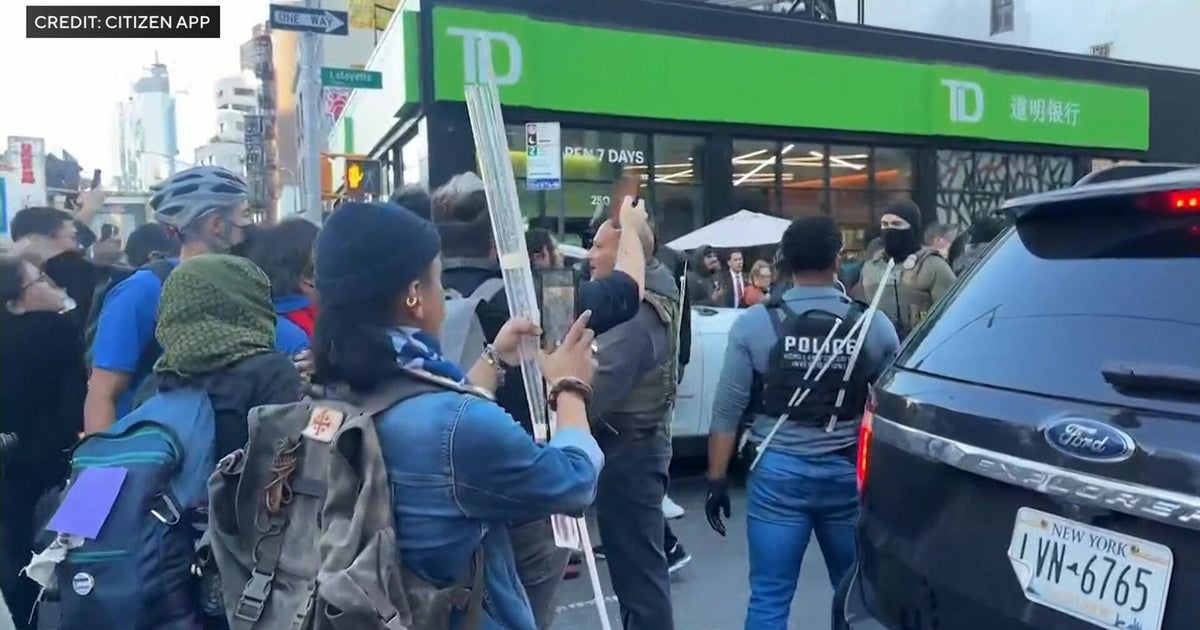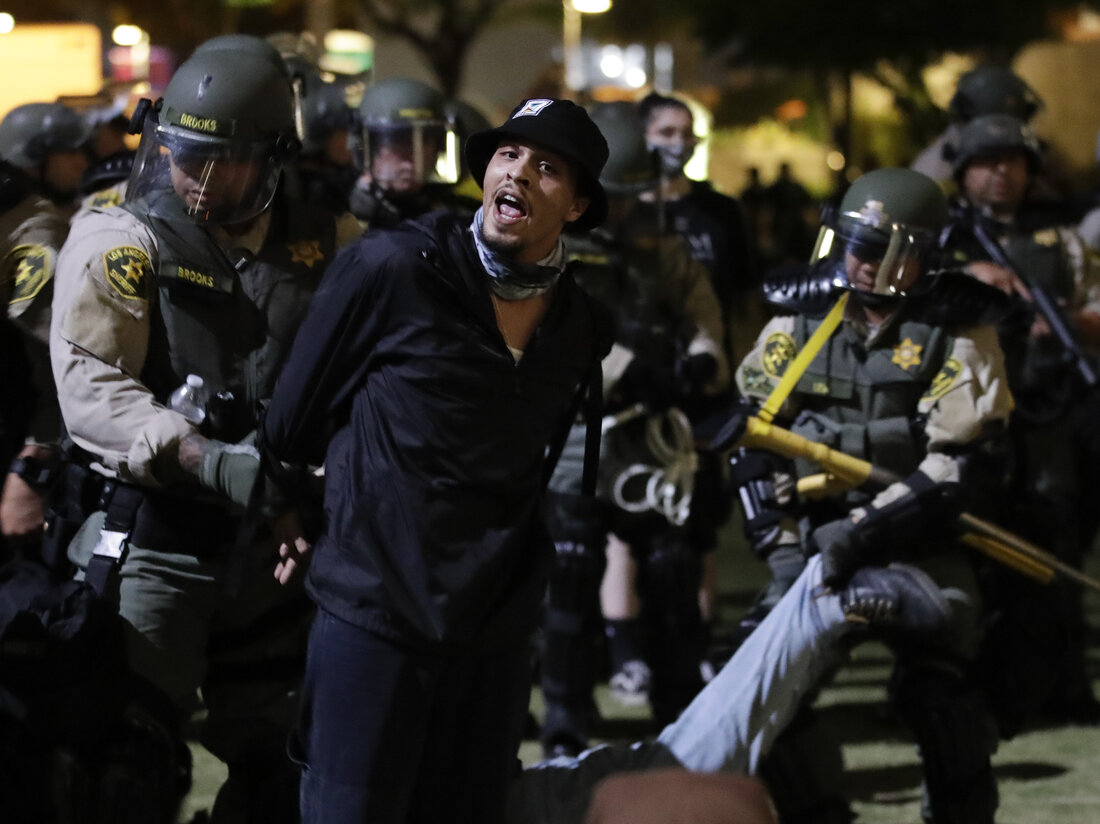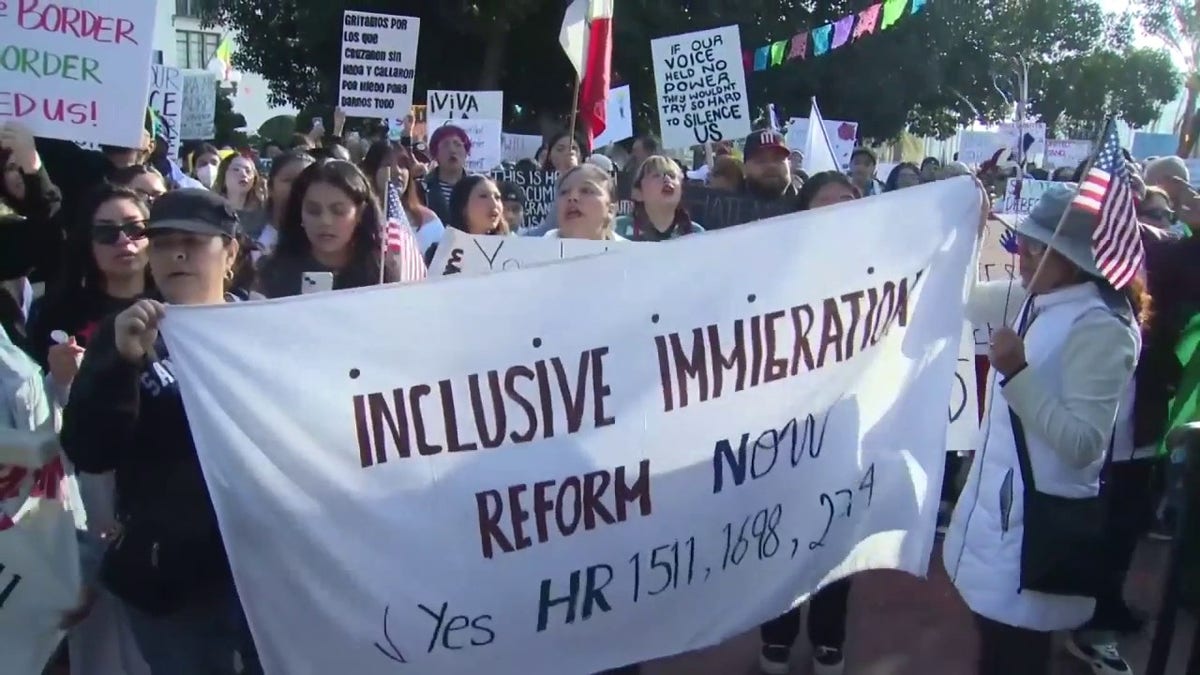ICE Raids on Canal Street Vendors Spark Protests and Debate Over Counterfeit Goods

ICE Raids Disrupt Canal Street Vendors
Federal agents from ICE recently conducted targeted raids on vendors selling counterfeit goods along New York City's Canal Street, a known hotspot for imitation products like bags, watches, and perfumes. These actions are part of broader efforts to curtail illegal trade and protect intellectual property rights in the city.
Community Response and Protests
Following the raids, many detained individuals were transported to 26 Federal Plaza, where a sizable group of protesters gathered to demand their release. Demonstrators expressed concerns over the treatment of immigrants and the economic impact on local vendors who rely on this trade for their livelihoods.
Broader Implications
The raid highlights ongoing tensions between law enforcement efforts to enforce counterfeit goods laws and the communities affected. Canal Street remains a complex commercial area balancing legal scrutiny and vibrant street vending culture, with authorities continuing to monitor illegal activities while addressing public outcry.
About the Organizations Mentioned
ICE
**Immigration and Customs Enforcement (ICE)** is a federal law enforcement agency under the U.S. Department of Homeland Security (DHS), established in 2003 following the Homeland Security Act of 2002, which reorganized existing agencies post-9/11 to enhance national security[1][2]. ICE’s core mission is to protect the United States by enforcing immigration laws, conducting criminal investigations, and preserving public safety. ICE operates primarily through two major divisions: **Homeland Security Investigations (HSI)** and **Enforcement and Removal Operations (ERO)**. HSI focuses on investigating and disrupting transnational criminal organizations involved in customs violations, human trafficking, terrorism, and smuggling. ERO is responsible for the apprehension, detention, and deportation of individuals unlawfully present in the U.S., operating detention facilities and managing removal procedures[2]. ICE’s international reach is managed by the Office of International Affairs (OIA), a key overseas investigative arm coordinating with foreign governments to combat cross-border crime, such as arms smuggling, forced labor, and immigration fraud. OIA supports intelligence gathering, training, treaty implementation, and facilitates global cooperation to preempt threats before they reach U.S. borders[3]. With a workforce exceeding 20,000 employees across more than 400 offices worldwide and an annual budget of about $8 billion, ICE plays a pivotal role in U.S. homeland security[1]. Its activities, especially those involving immigration enforcement and detention, have made it a highly visible and sometimes controversial agency in public discourse, often referred to colloquially in Spanish as "la migra"[2]. Notable achievements include disrupting large-scale criminal networks internationally and supporting the enforcement of over 400 federal statutes concerning customs, immigration, and terrorism prevention. ICE’s dynamic operational scope—spanning law enforcement, international diplomacy, and legal administration—makes it a critical component of U.S. efforts to maintain national security and uphold the rule of law[1][2][







